The Central Queensland Hydrogen Project (CQ-H2) has been scrapped after lead partner Stanwell Corporation announced its withdrawal from the consortium of Australian and international partners developing the 2.88 GW green hydrogen production facility.
The CQ-H2 project, being developed near Gladstone in Central Queensland, was to initially involve the installation of up to 720 MW of electrolysers to produce up to 73,000 tonnes of green hydrogen per year for domestic use and export. It was proposed the project would ultimately scale up to 2.88 GW of electrolysis capacity to produce more than 1 million tonnes of renewable hydrogen per annum.
The project has however now been dumped with Queensland state-owned generator Stanwell confirming in a two-sentence statement that it has ended its involvement in the project, as well as other hydrogen development activities.
“Stanwell has discontinued its involvement in the CQ-H2 project and other hydrogen development activities,” the corporation said.
“The CQ-H2 project has been a valuable international collaboration that has provided important technical and commercial knowledge to support the future large-scale commercialisation of renewable hydrogen.”
Stanwell’s exit comes after Japanese company Kansai Electric Power, which was to be one of the project’s anchor customers, pulled out of the consortium in November, citing higher production expenses than initially projected in the feasibility study.
Fellow Japanese company Iwatani also exited the estimated $12.5 billion (USD 8.22 billion) venture in March.
That decision came after the Queensland government announced in February it would not support the further development of the project, rejecting a $1 billion-plus funding request. CQ-H2 had already received $20 million from Australian Renewable Energy Agency (ARENA) and $15 million from the state for its FEED study.
Queensland Treasurer and Energy Minister David Janetzki said at the time the renewable hydrogen investment did “not align” with the government’s expectations for generators to provide affordable, reliable and sustainable power for Queenslanders.
Stanwell’s move adds to a growing list of abandoned Australian green hydrogen projects.
In May, Fortescue abandoned its electrolyser project in Gladstone, citing concerns about ongoing costs, and the South Australian government scrapped a $593 million investment to the Office of Hydrogen Power South Australia for the Hydrogen Jobs Plan project. Origin Energy last year halted a proposed project in New South Wales, arguing the fuel is simply too expensive to produce, while Woodside Energy withdrew environmental applications for its Tasmania project.
Meanwhile, Australia’s biggest green hydrogen project already in construction, the Yuri project in Western Australia’s Pilbara region backed by France’s Engie and Japan’s Mitsui, is running about a year late, Engie has revealed. Construction of the project, involving a 10-MW electrolyser powered by solar and a battery system, was due to be completed in 2024 but is now expected to be finished at the end of this year.
This content is protected by copyright and may not be reused. If you want to cooperate with us and would like to reuse some of our content, please contact: editors@pv-magazine.com.
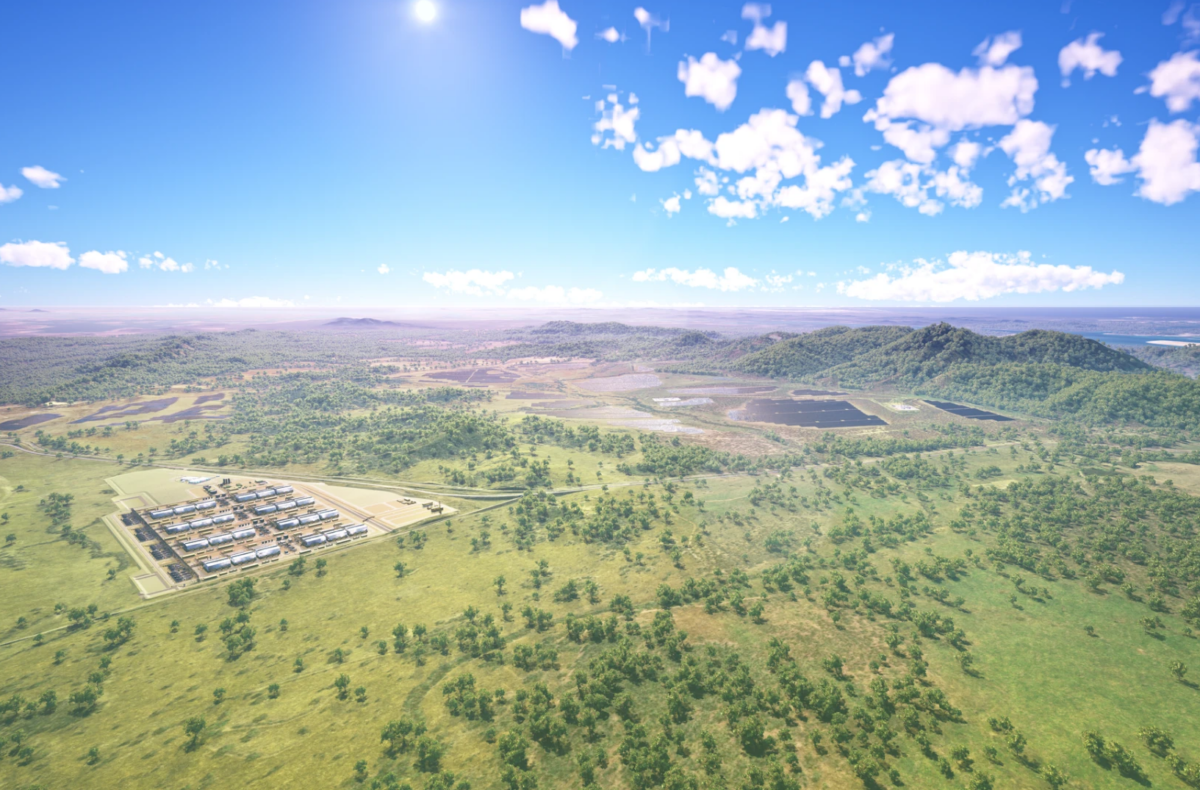

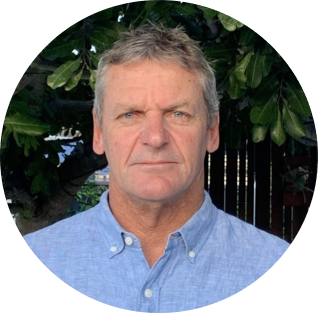

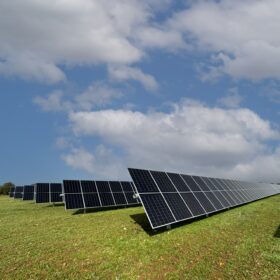
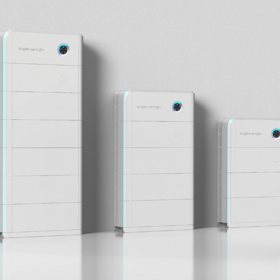
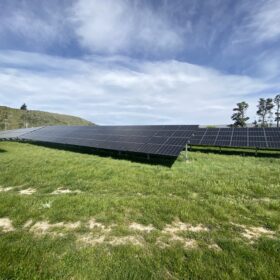
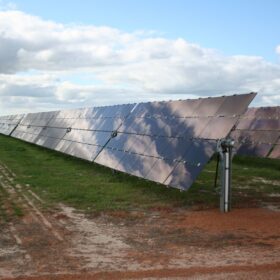
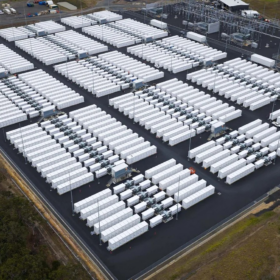
1 comment
By submitting this form you agree to pv magazine using your data for the purposes of publishing your comment.
Your personal data will only be disclosed or otherwise transmitted to third parties for the purposes of spam filtering or if this is necessary for technical maintenance of the website. Any other transfer to third parties will not take place unless this is justified on the basis of applicable data protection regulations or if pv magazine is legally obliged to do so.
You may revoke this consent at any time with effect for the future, in which case your personal data will be deleted immediately. Otherwise, your data will be deleted if pv magazine has processed your request or the purpose of data storage is fulfilled.
Further information on data privacy can be found in our Data Protection Policy.